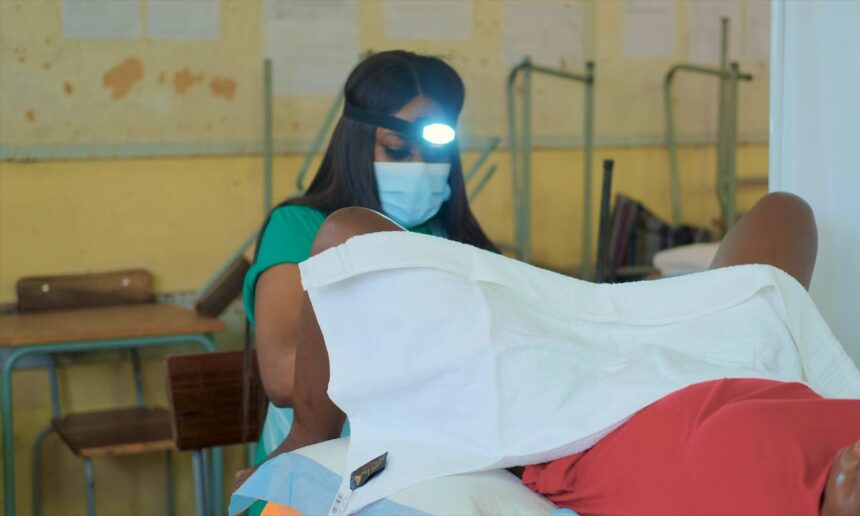Mwamba*, a 32-year-old grandmother and mother of nine, said transportation money and long distances are some of the factors preventing rural women from accessing family planning.
“Some of the factors that prevent us from taking part in family planning is long distances to go to facilities to get an implant or any form of family planning. We also don’t have money to go to the facilities where family planning is available,” she highlighted.
The unemployed mother and resident from Bunya village in the Kapako constituency of the Kavango West region elaborated that if one manages to get transportation money, there are no doctors to assist, leaving her with no option but to return home without medical assistance.
Bunya has a healthcare centre that offers basic services and in cases of emergencies, Rundu is the only rescue town, which is about 40km away.
Mwamba was part of the 150 women who received free Copper IUCDs from the One Step At A Time (OSAAT) Africa Health Foundation team, which recently conducted an outreach programme in the area.
The team inserted contraceptive devices, aiding 188 households across nine communities.
Focused on health outreach, free medical advice, sexual and reproductive health and women’s health, OSAAT has over 100 volunteers and a reach of thousands across the African continent. Its goal is to ensure quality, standardised healthcare for all, irrespective of socio-economic status.
Dr Esperance Luvindao, who administered the insertions, said when they were preparing for the clinic, their biggest focus was teenage pregnancy, and the need to reduce the teenage pregnancy rate in Africa by 50% by the year 2030 through health education as well as providing the necessary contraceptives.
“We had a few teenagers come in with two children each, three children, some even four children each, which shouldn’t be happening. But at the same times we had over 50% of the women that we catered to in this clinic have more than eight children,” she added.
Luvindao stated: “Our copper IUCD clinic in Bunya Village became a turning point for 188 households across nine communities. In a region burdened by myths, poverty and limited healthcare, we provided life-changing contraceptive options and reproductive health education in their native language.”
The foundation completed its first Copper IUCD clinic in Bunya village, Kavango West region, where 150 Copper IUCDs were inserted, offering protection for women from pregnancy for 10 years.
Operations manager Valeria Chomore indicated that the IUCD Clinic offered comprehensive Sexual and Reproductive Health (SRH) education and before the insertion of the copper IUCDs, a revolutionary non-hormonal contraceptive method.
The copper IUCD is a T-shaped device placed in the uterus to prevent pregnancy for up to 10 years,
“This initiative addresses the critical need for accessible and reliable contraceptive options, particularly for the girls and women of the region, as it has the highest teenage pregnancy rate in the country,” she stated.
Chomore added that, for patients between the ages of 15 and 18, the average number of children per person was two; between the ages of 20 to 29 the average number of children was four to five, while from 30 years and above, the average number of children of the women was eight to nine. She said all the 150 women assisted came from households with no income.
-Mwamba* not her real name.


